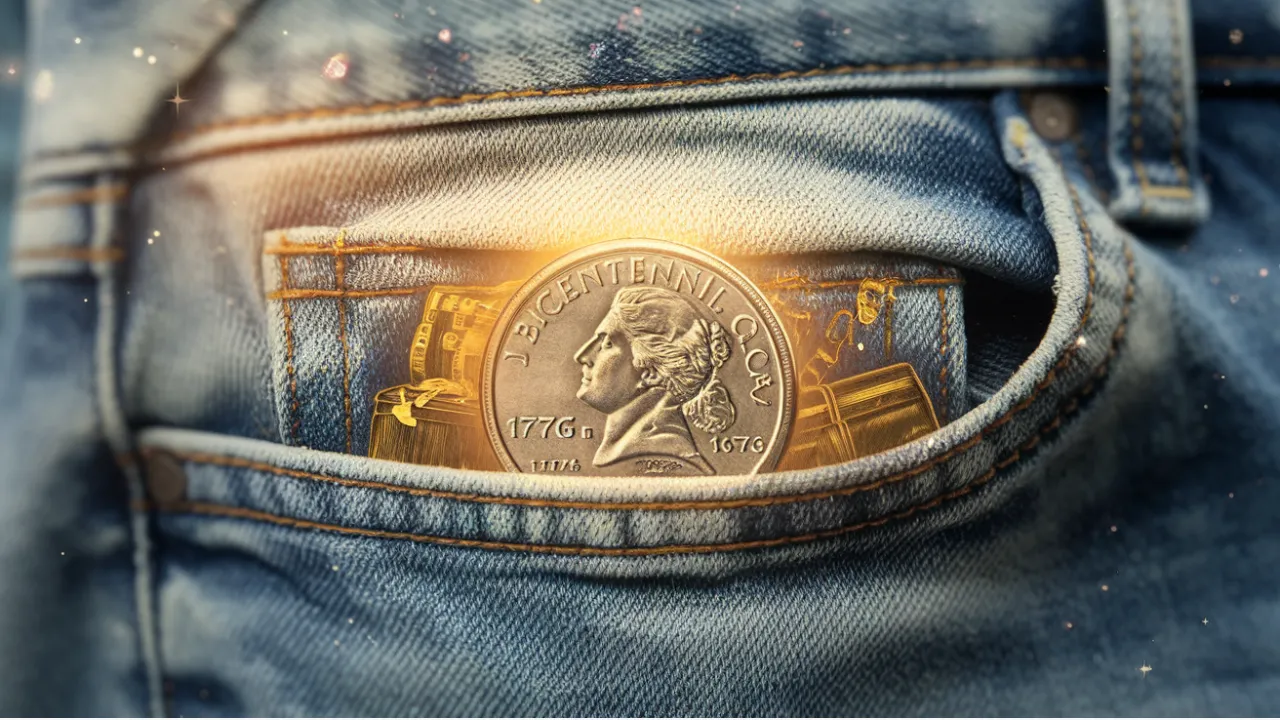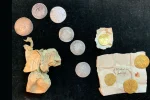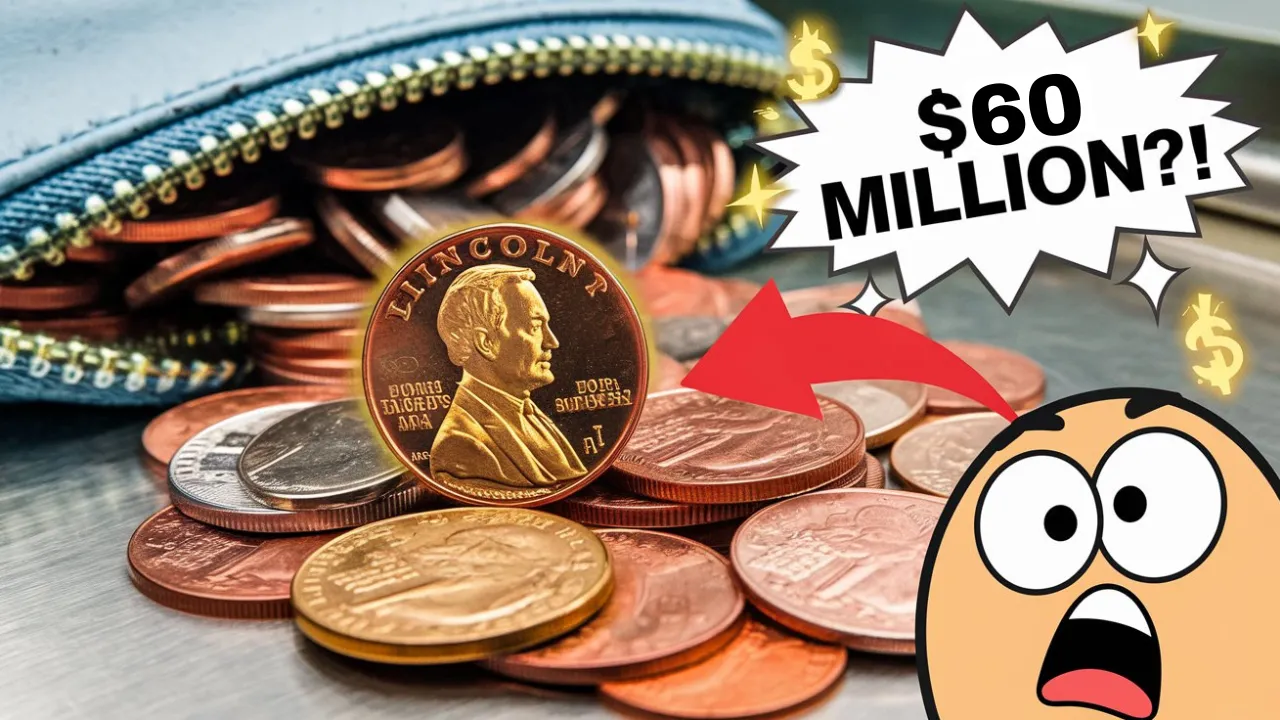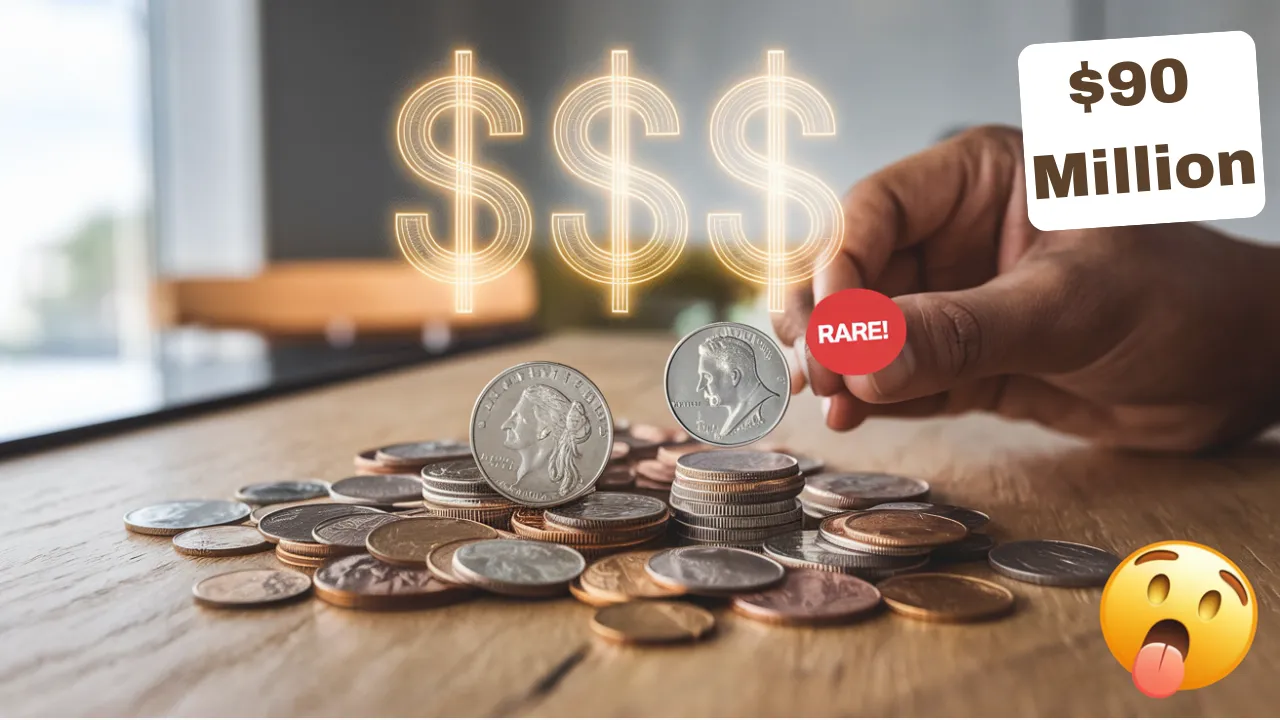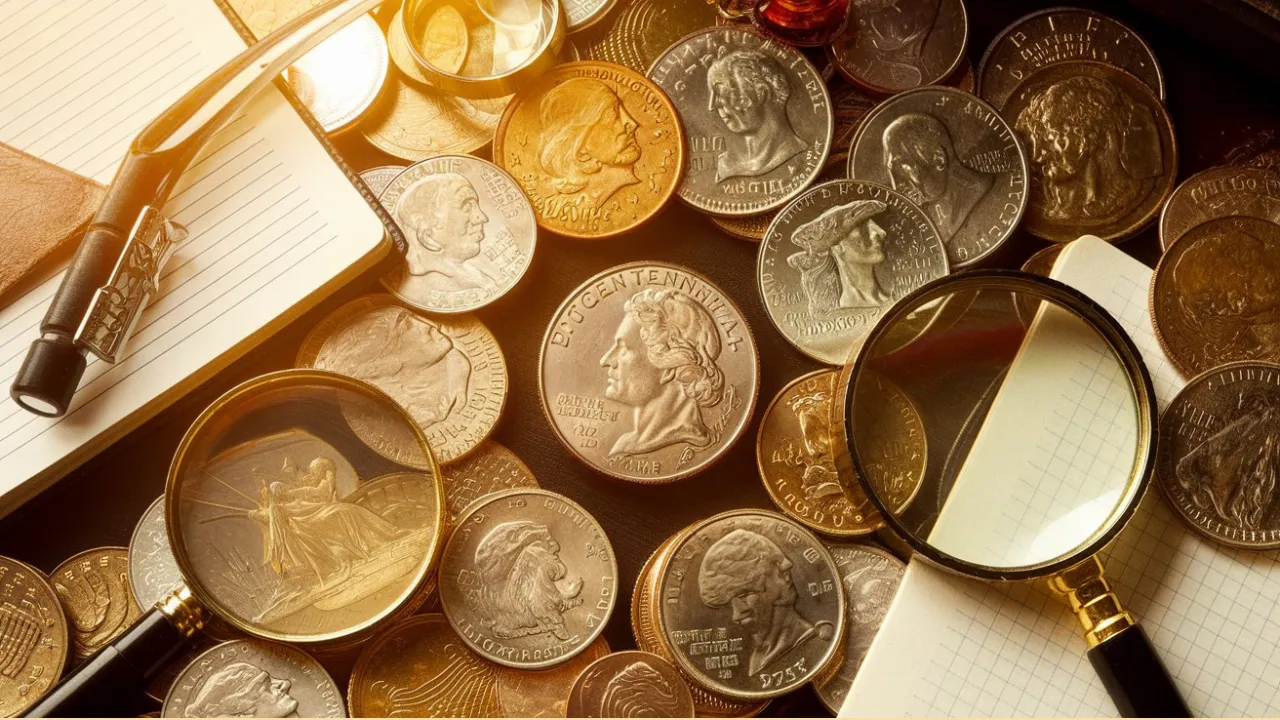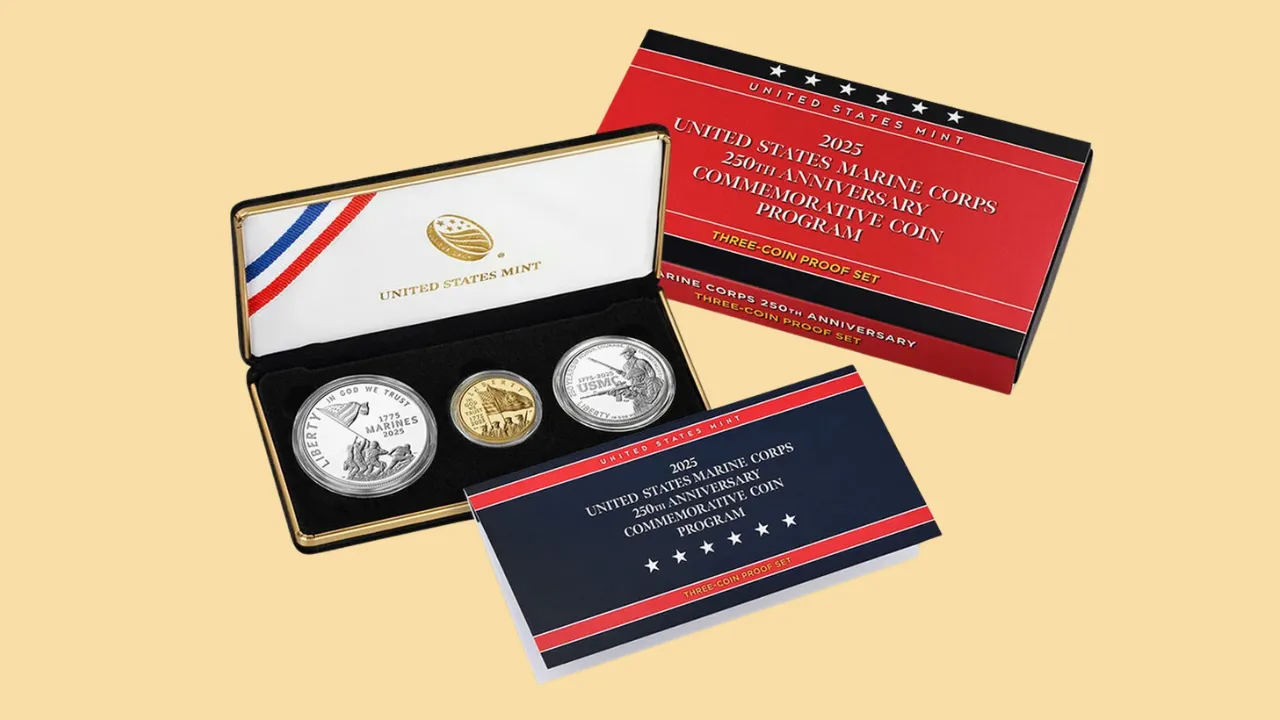The Lincoln Wheat Penny Worth $1.3 Million: The Lincoln Wheat Penny is more than just a piece of American currency—it’s a fascinating symbol of history and a collector’s dream. Although billions of these coins were produced, some rare variations have skyrocketed in value, captivating both amateur and seasoned numismatists. Among the most coveted is the legendary 1943-D bronze penny, which fetched an astonishing $1.3 million at auction.
This article explores the history of the Lincoln Wheat Penny, the traits that make certain ones incredibly valuable, and how you might identify a hidden gem in your coin jar. Let’s uncover the story behind this extraordinary penny and why it continues to hold such allure.
Key Facts About the Lincoln Wheat Penny
| Attribute | Details |
| Introduced | 1909, celebrating the 100th anniversary of Abraham Lincoln’s birth |
| Design | Portrait of Lincoln (obverse) and two wheat stalks (reverse) |
| Minting Duration | 1909–1958 |
| Notable Rarity | 1943-D bronze penny, sold for $1.3 million |
| Popular Traits | Minting errors, unique materials, or limited production runs |
A Legacy Coin: The History of the Lincoln Wheat Penny
First introduced in 1909, the Lincoln Wheat Penny marked a turning point in U.S. currency design. This was the first coin to feature a real person’s image—Abraham Lincoln, chosen for his immense historical significance. It replaced the Indian Head Penny and introduced a design with two wheat stalks on the reverse, symbolizing America’s agricultural roots and prosperity.
This iconic penny was minted until 1958, when it was replaced by the Lincoln Memorial design. Despite its retirement, the Wheat Penny remains a favorite among collectors for its historical relevance and charm.
Why Are Some Lincoln Wheat Pennies So Valuable?
Not every Lincoln Wheat Penny is worth more than its face value, but certain factors can turn an ordinary coin into a treasure. Below are the key reasons some of these pennies are so highly sought after.
1. Minting Errors
Mistakes made during the coin production process are rare, and rarity drives value. For example, double-die errors, misaligned strikes, or off-center prints can fetch significant prices in the collector’s market.
2. Material Anomalies
In 1943, the U.S. Mint produced pennies using steel to conserve copper for the war effort. However, a few bronze blanks were accidentally used, creating an anomaly that collectors treasure. These bronze 1943 pennies are considered among the rarest Lincoln Wheat Pennies.
3. Limited Production Runs
Coins produced in smaller quantities or at certain mint locations, like Denver or San Francisco, are often harder to find today. These limited-run coins naturally gain value over time.
The $1.3 Million Lincoln Wheat Penny
The most famous and expensive Lincoln Wheat Penny is the 1943-D bronze penny. While most 1943 pennies were struck in steel, a few were accidentally minted with bronze. This mistake resulted in one of the most sought-after coins in the world.
One such penny, minted in Denver and verified as authentic, sold at auction for a jaw-dropping $1.3 million. This extraordinary sale highlights the immense value that a rare error or anomaly can add to an otherwise ordinary coin.
Could a Rare Penny Be Hiding in Your Change?
The possibility of discovering a rare Lincoln Wheat Penny in everyday change is exciting—and not entirely impossible. With billions of pennies still in circulation, rare coins like the 1943-D bronze penny could still be out there, unnoticed in cash registers, change jars, or pockets. The thrill of finding such a treasure keeps collectors motivated to sift through coins meticulously.
How to Identify a Rare Lincoln Wheat Penny
If you’re hoping to spot a rare Lincoln Wheat Penny, here’s what to look for:
1. Year and Mint Mark
The 1943-D bronze penny is particularly valuable. Start by checking the year and looking for a “D” mint mark, which indicates it was minted in Denver.
2. Magnet Test
A quick magnet test can help you determine whether your 1943 penny is bronze or steel. Steel is magnetic, while bronze is not.
3. Seek Professional Verification
If you suspect you’ve found a rare penny, consider having it graded and appraised by a reputable coin grading service. Professionals can authenticate the coin and determine its value.
Why Do Collectors Love Lincoln Wheat Pennies?
The Lincoln Wheat Penny is more than just a collector’s item—it’s a piece of history. Here are some reasons why these coins are so beloved:
- Historical Significance: Featuring Abraham Lincoln, the penny connects collectors to the legacy of one of America’s greatest leaders.
- Variety of Designs: The multiple errors, design tweaks, and material variations make each penny unique.
- Accessibility: With billions of pennies in circulation, hunting for a rare Wheat Penny is a fun and affordable hobby.
What to Do If You Find a Rare Penny
If you believe you’ve stumbled upon a rare Lincoln Wheat Penny, here’s what you should do:
- Handle with Care: Avoid excessive handling. Use gloves to protect the coin from damage.
- Verify Authenticity: Take your penny to a trusted dealer or grading service for evaluation.
- Decide Whether to Sell: If your penny is valuable, auction houses and collectors may be eager to buy it.
A Lasting Legacy: The Lincoln Wheat Penny
The Lincoln Wheat Penny represents much more than its monetary value. It’s a connection to America’s history, a tribute to Lincoln’s enduring legacy, and a reminder of the country’s resilience during challenging times. From its design to its rare variations, the penny has a story to tell.
Rare coins like the 1943-D bronze penny add an element of mystery and excitement to the world of numismatics, proving that even ordinary items can hold extraordinary worth.
FAQs
1. What is the most expensive Lincoln Wheat Penny ever sold?
The 1943-D bronze penny holds the record, selling for $1.3 million at auction.
2. How can I tell if my Lincoln Wheat Penny is rare?
Check the year, mint mark, and material. Rare examples include the 1943-D bronze penny and coins with minting errors.
3. Are Lincoln Wheat Pennies still in circulation?
Yes, many Wheat Pennies remain in circulation, though rare ones are much harder to find.
4. Why were 1943 pennies made of steel?
During World War II, copper was reserved for the war effort, so steel was used as a substitute for pennies.
5. Where can I sell a rare Lincoln Wheat Penny?
Rare coins can be sold through auctions, coin dealers, or online platforms specializing in collectibles.
Final Thoughts
The story of the Lincoln Wheat Penny is a fascinating blend of history, art, and treasure hunting. Whether you’re a seasoned collector or someone who’s just curious about the change in your pocket, there’s always a chance you might discover a hidden gem.
Take a closer look at your pennies—you might just uncover a piece of history worth a fortune! If you enjoyed this article, feel free to share your thoughts or tell us about your own coin discoveries. Keep collecting and happy hunting!
